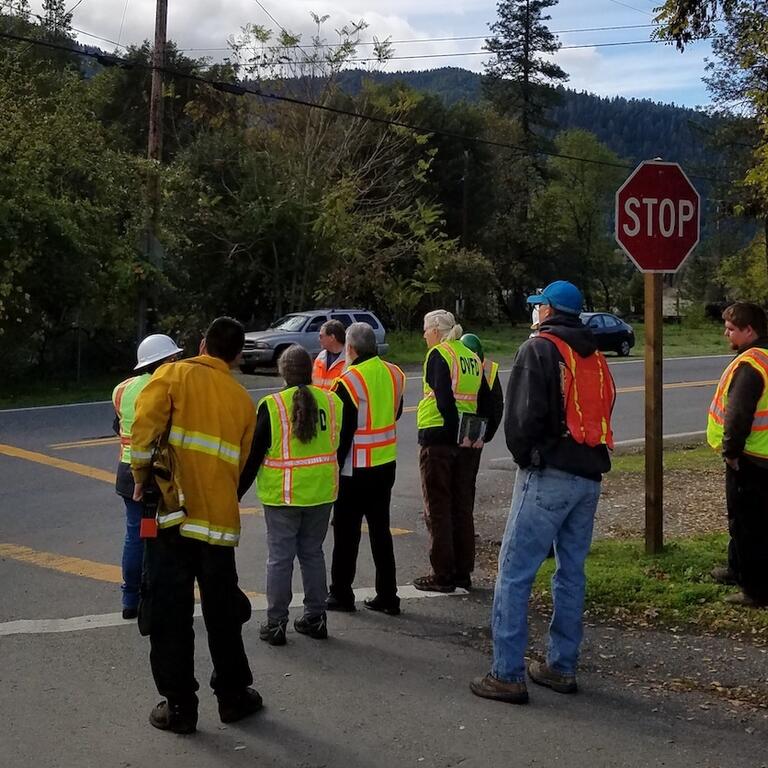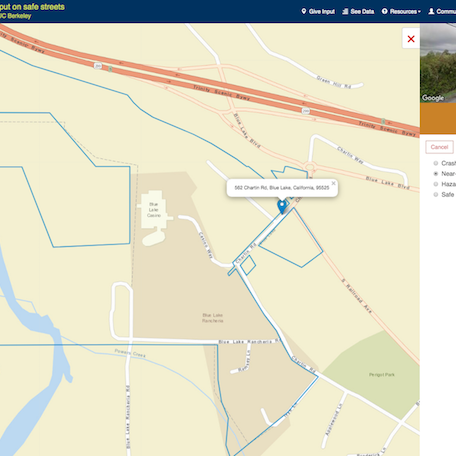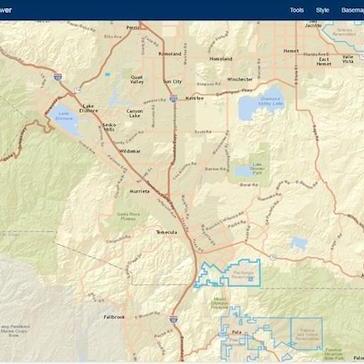Since 2014, SafeTREC has been working on the Tribal Road Safety Data Collection project to improve traffic safety on tribal lands in California. The goal of this project is to improve traffic safety on and near tribal lands in California.
Project Background
It is vital to improve road safety for California’s tribal populations, as well as for all population groups that travel to California’s Rancherias and reservations or through their lands. Improving the quality and quantity of data collected in regards to the crashes that occur within the boundaries of these lands is a necessary step to achieving this goal.
Funding for traffic safety improvements is increasingly being awarded based on crash data that document the extent of the safety problem. Projects for which data is required now include roadway upgrades, enforcement efforts, and education programs. However, data documenting crashes on tribal lands is lacking and puts tribal communities at a disadvantage in the competition for safety project funding. It is clearly critical, therefore, to obtain crash data (counts and descriptions), including pedestrian and bicyclist crashes, on tribal lands, and it must be as accurate as possible.
Although data is limited, Fatal Accident Reporting System (FARS) and Statewide Integrated Traffic Record System (SWITRS) data suggest that Native Americans are a disproportionately high-risk population for traffic injury. Roadway design, pedestrian and driver behavior, and environmental factors contribute to crash risk, the data suggest. In addition, factors such as age, speeding, seatbelt use, time of day, location, and alcohol use increase injury risk. The Centers for Disease Control and Prevention (CDC) reported that motor vehicle crashes are the leading cause of injury-related deaths for Native Americans or Alaskan Natives (AI/AN) age 19 and younger, and that among crashes on reservations between 1982 and 2002, an estimated 65 percent were alcohol-related (compared with a 47 percent nationally) [1].
However, there is a universal acknowledgment that crashes occurring on and near tribal areas are underreported. California Highway Patrol (CHP) responds to a minimal number of tribal crashes, therefore an unknown number of crashes are not being reported at all. Of those to which CHP does respond, crashes reported to SWITRS are limited to those that occur on state highways that traverse tribal lands and those in which a crime occurs (e.g., DUI). Individual tribal areas differ in how crashes are investigated and reported. Approximately one-third of the 110 federally-recognized tribes in California have some type of enforcement department. To date, we have conducted in-depth interviews with 19 of these tribes. Of these 19 tribes, 15 collect crash data on tribal roads. However, none of these 15 tribes submit data to SWITRS. During the 2017-18 fiscal year, we gathered information for the remaining tribes that have enforcement departments to determine whether they collect crash data and whether any of these data are submitted to SWITRS.




